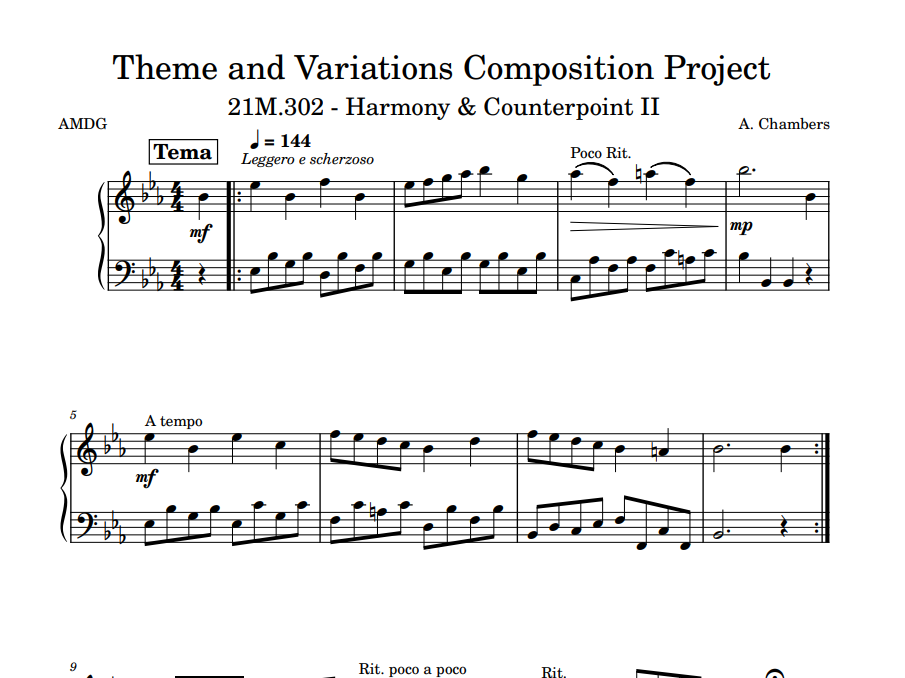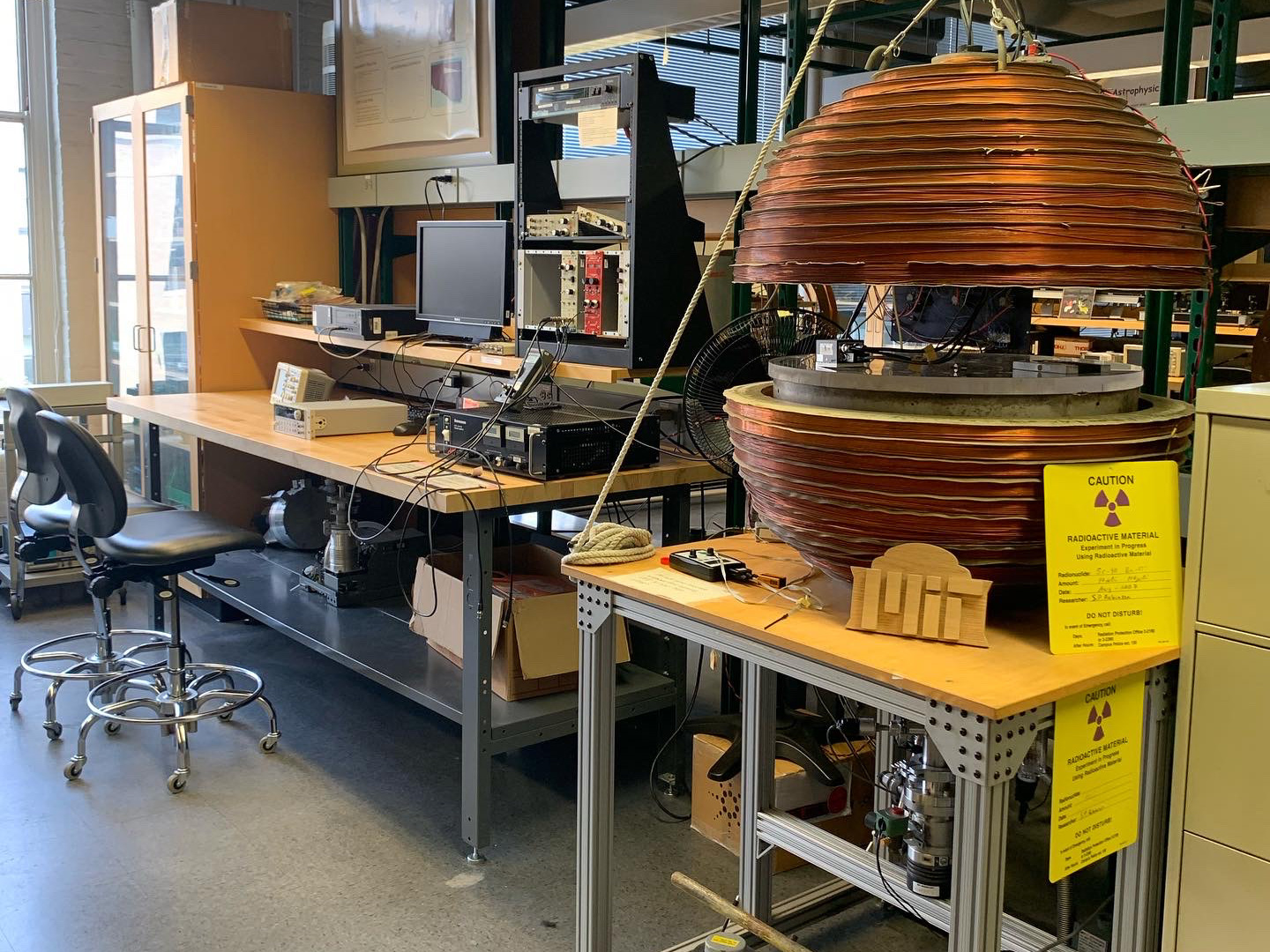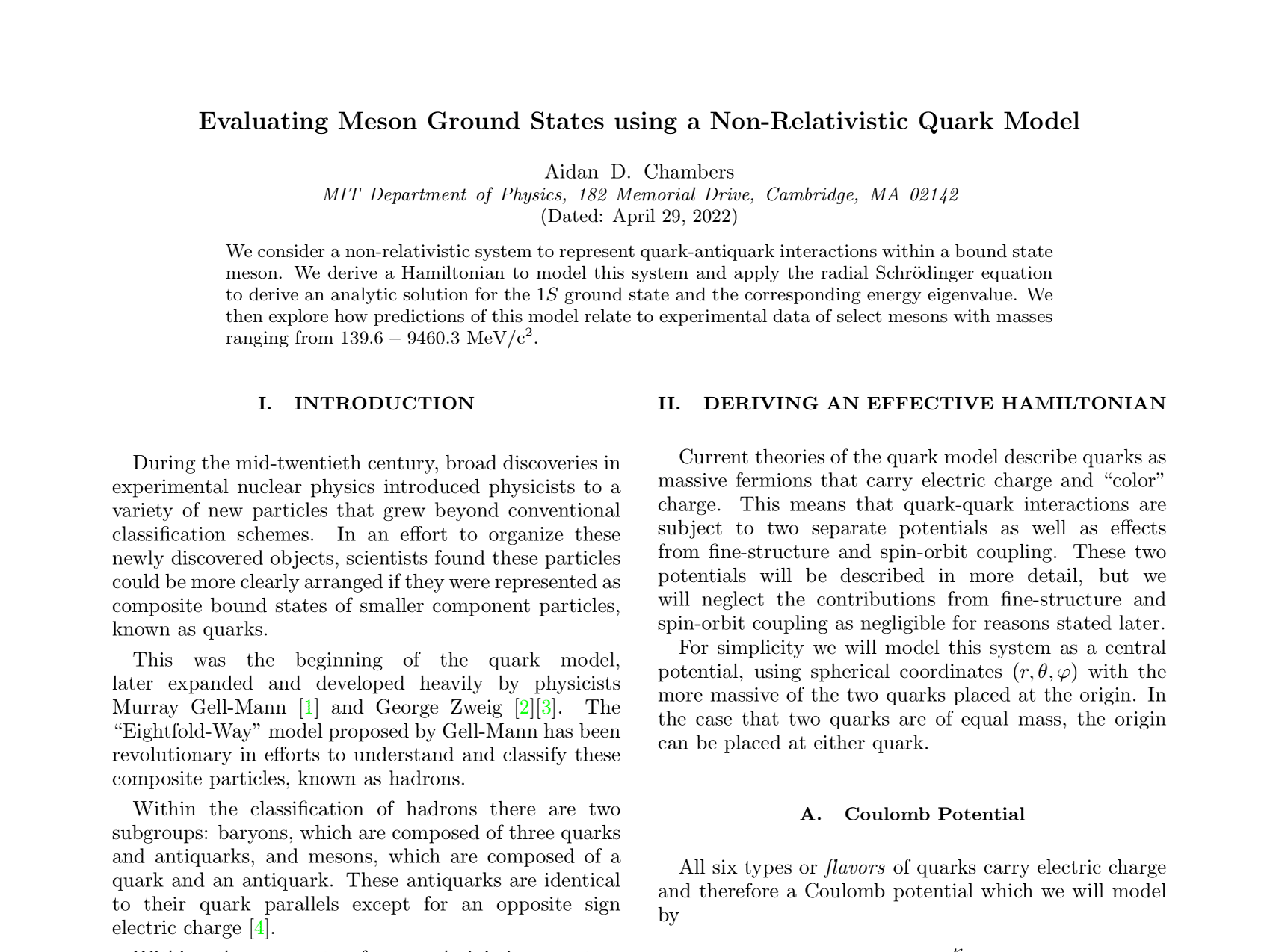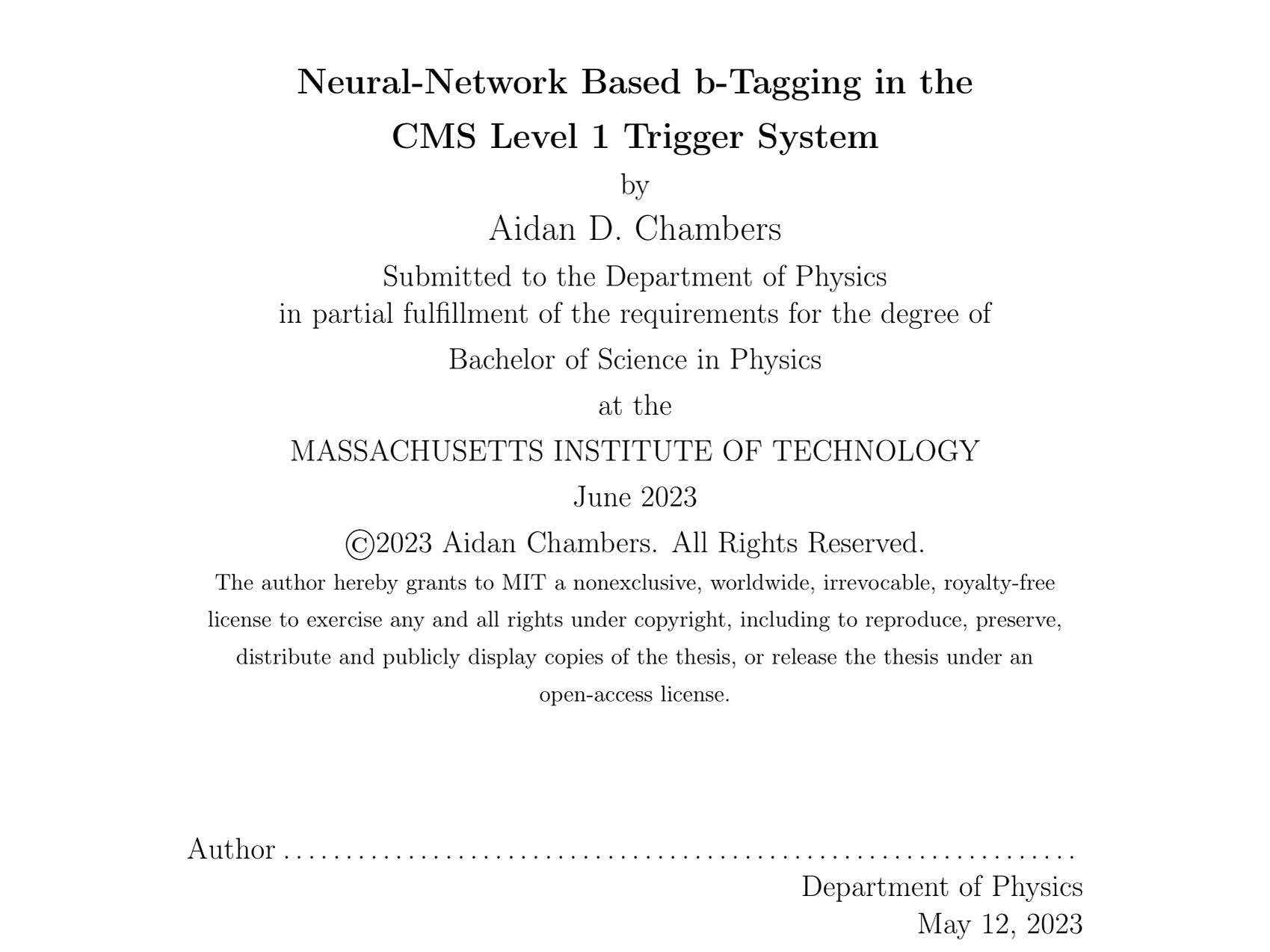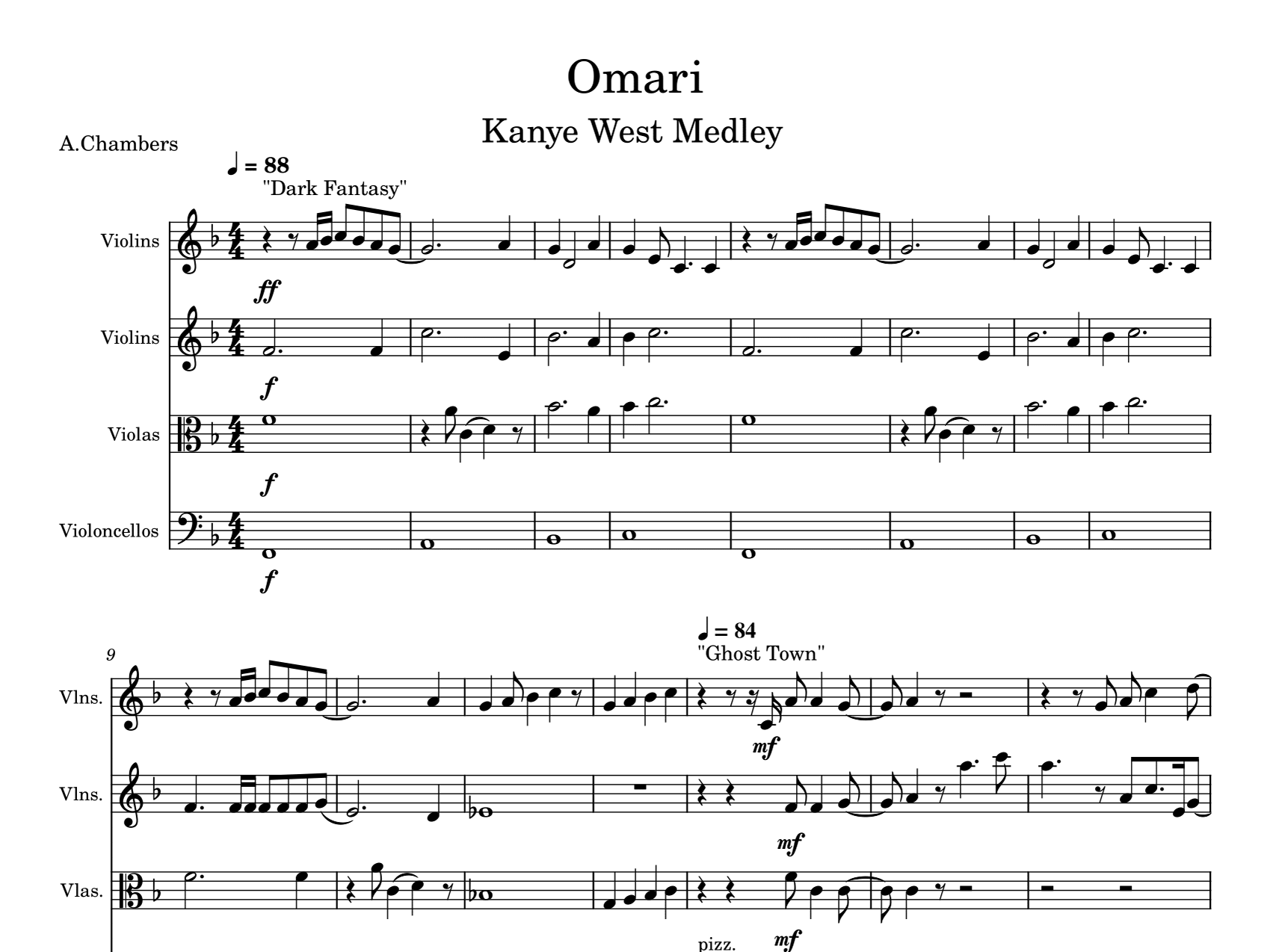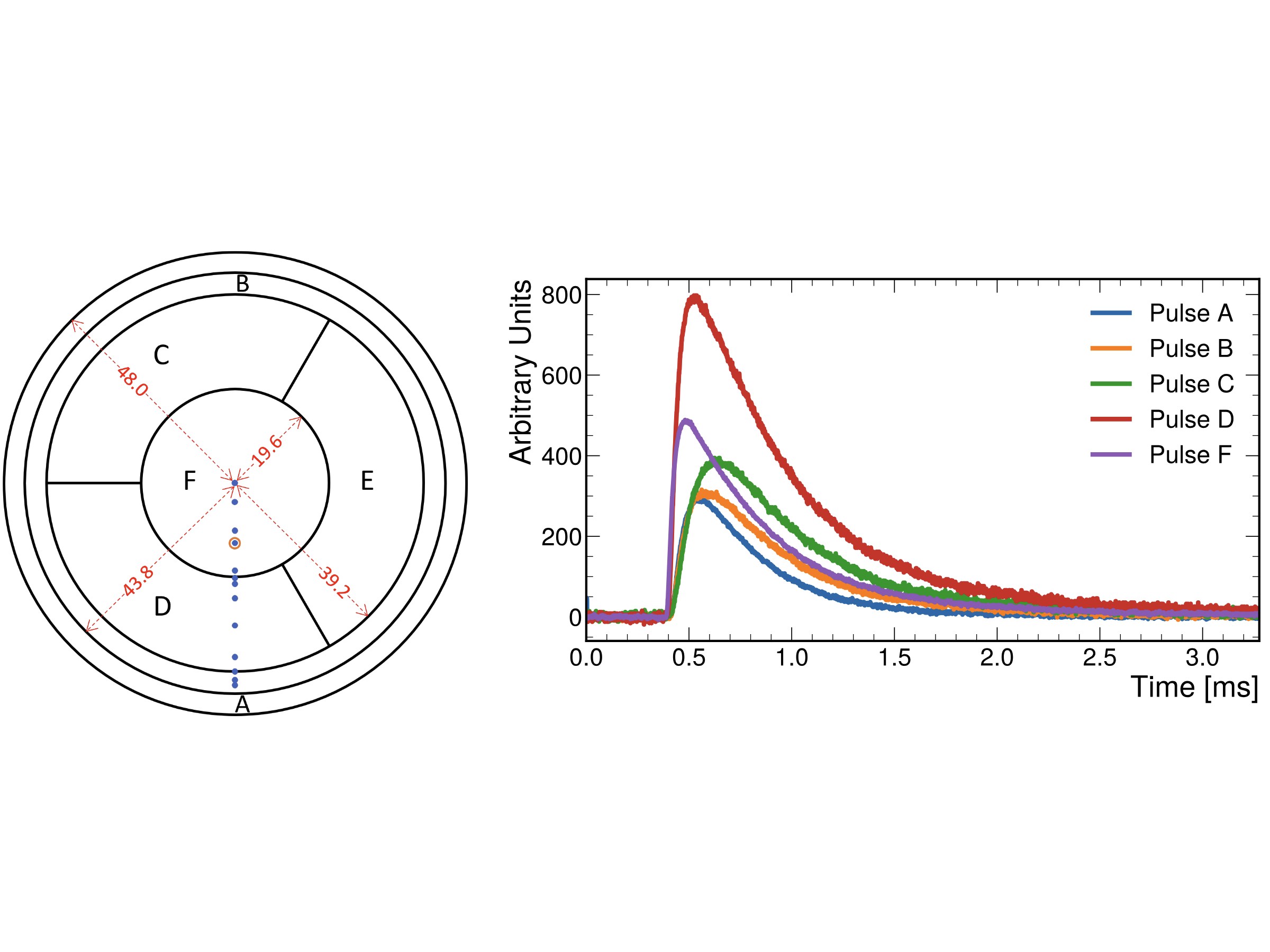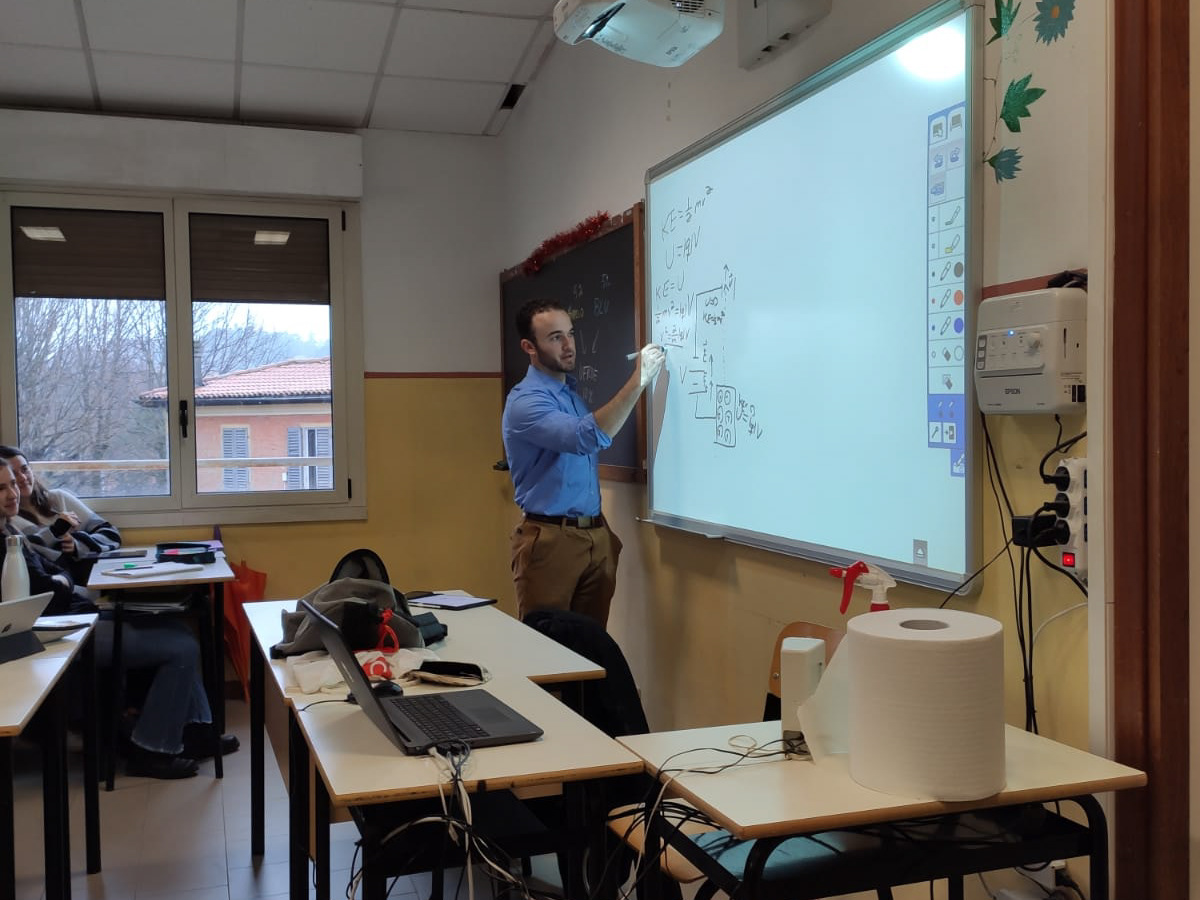As the final project of my graduate scientific computing and numerical method class I wanted to investigate the use of numerical methods applied to solving the Schrödinger equation. Oftentimes in undergraduate physics courses - especially quantum mechanics - we're told that this problem cannot be solved analytically and we must turn to numerical or computational approaches. I disliked that this felt like the end of a conversation rather than a beginning of a new discussion of how numerical approaches to these problems actually worked.
This project was an insightful way of exploring one of the ways these numerical solutions can actually be calculated for some interesting quantum systems. In particular I gave some numerical approaches to the harmonic oscillator, the double well potential, the unperturbed hydrogen atom, and a simple model to recreate the Charmonium spectrum (which I also approached analytically in a past paper).
The full write up for this paper which details my procedure, overview, and results can be found here. Additionally, the relevant code for this project as well as a worked example are available on Github. I highly encourage you to try recreating these results or messing around with the code yourself, and I'd love to hear if it's interesting or useful to you on future projects. Below are a series of figures I liked from the paper, as well as the page from the write-up largely outlining the structure of the paper and the basis for the approach.
